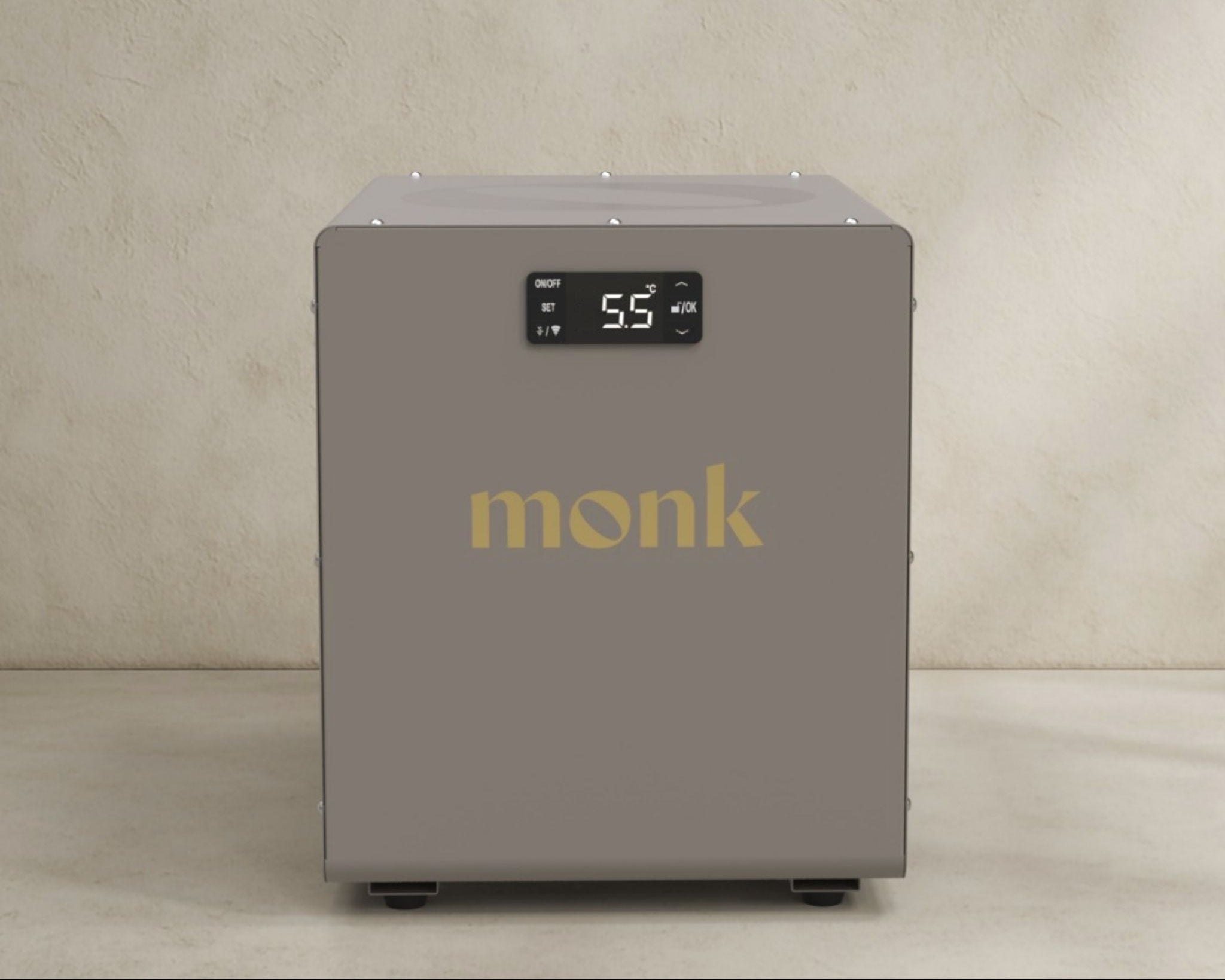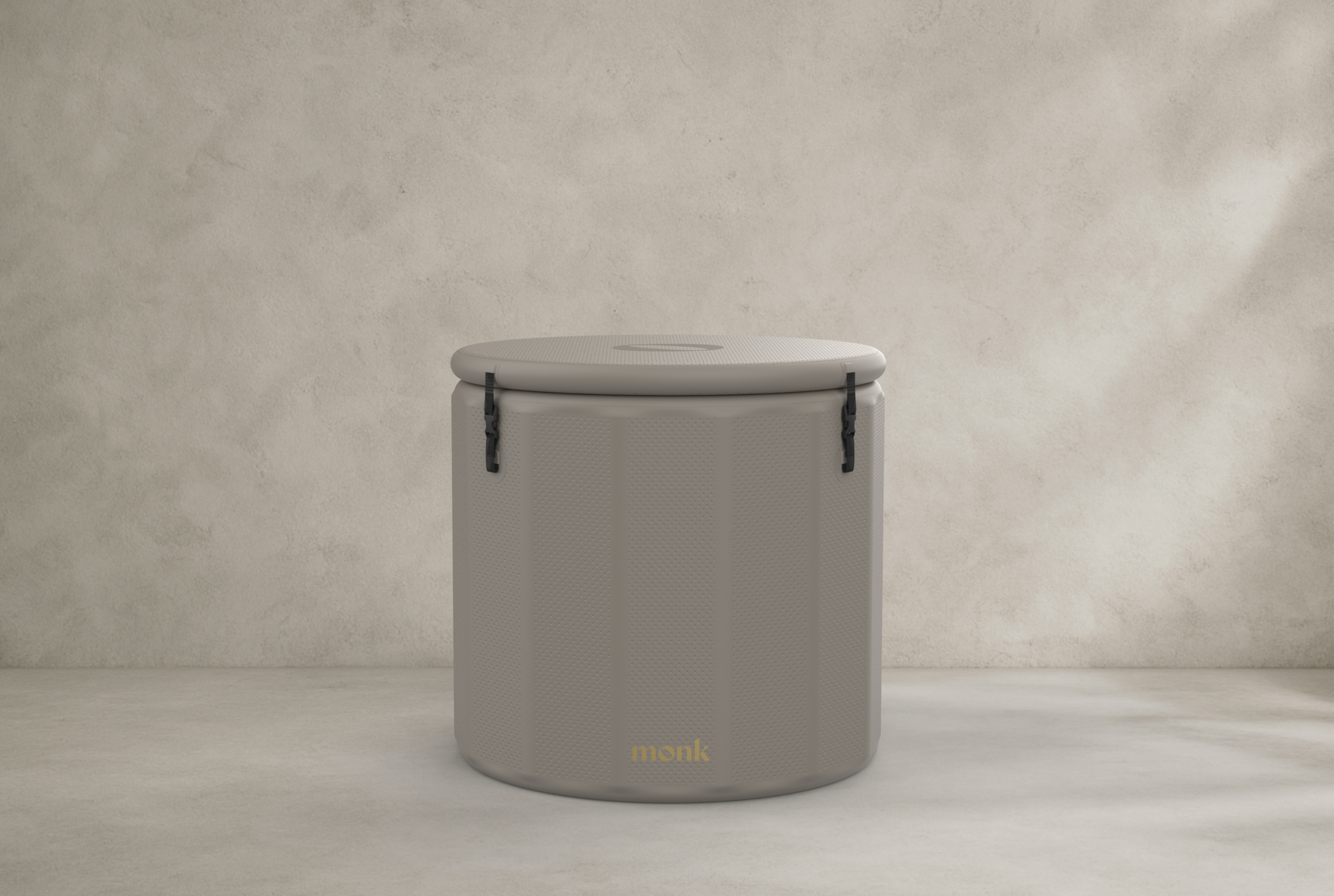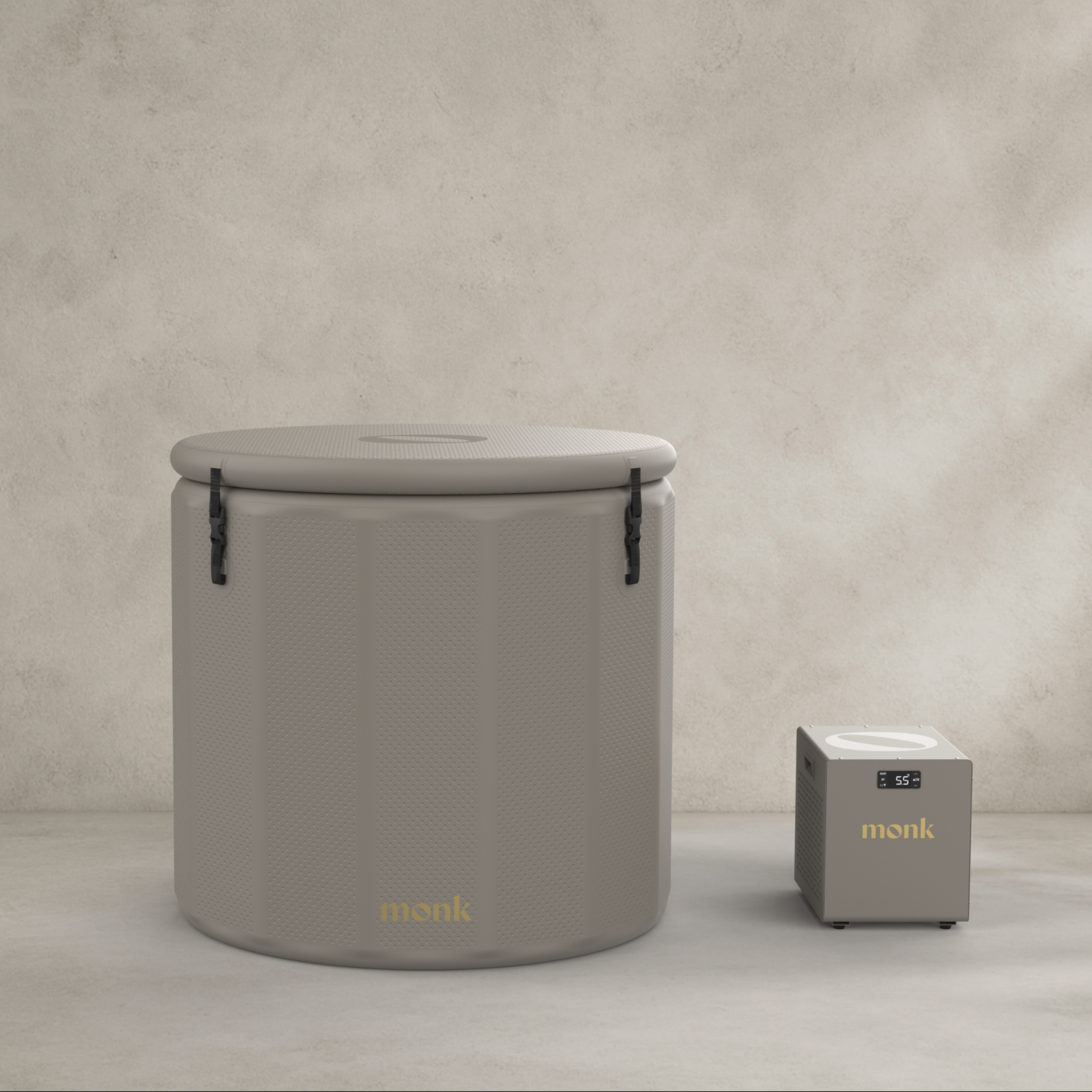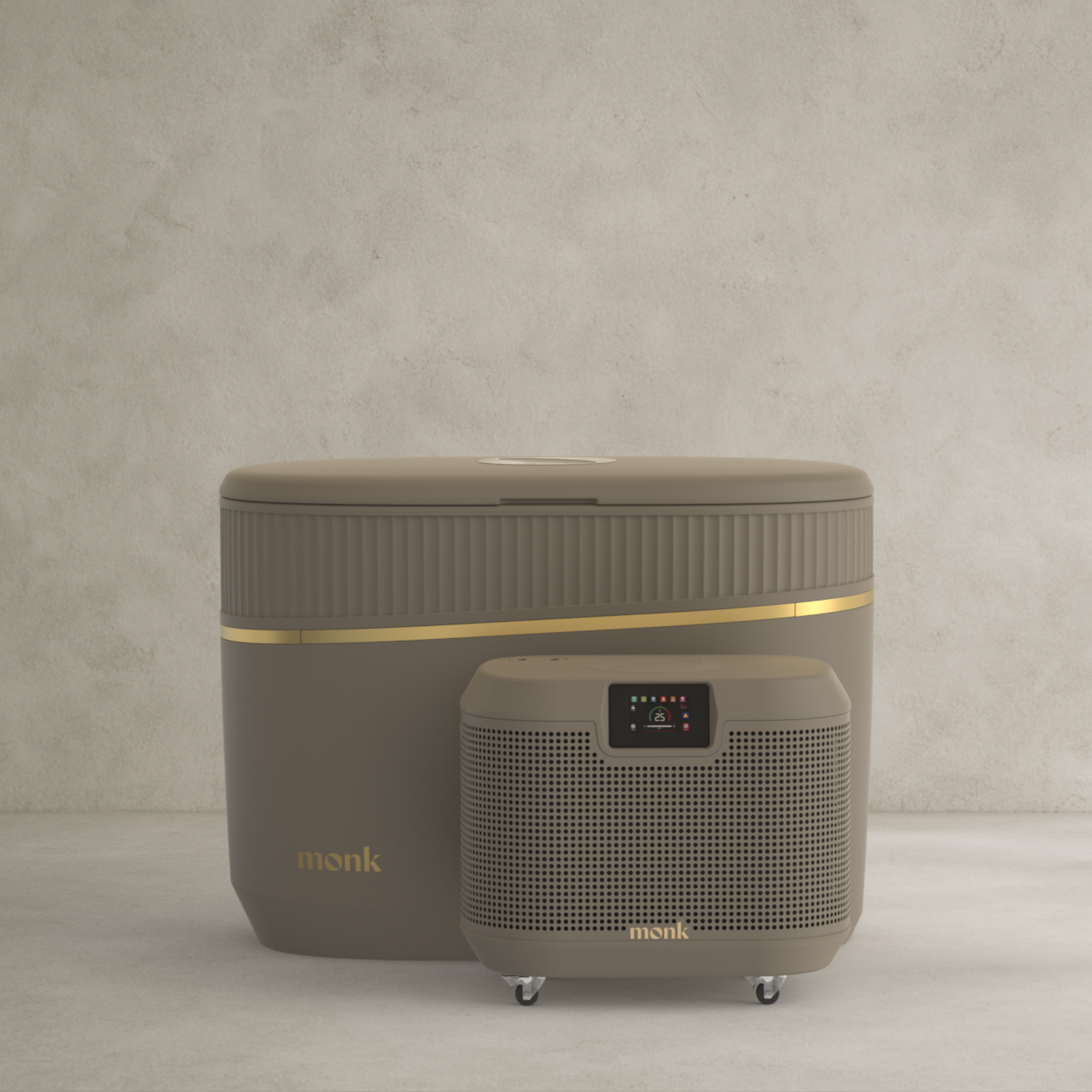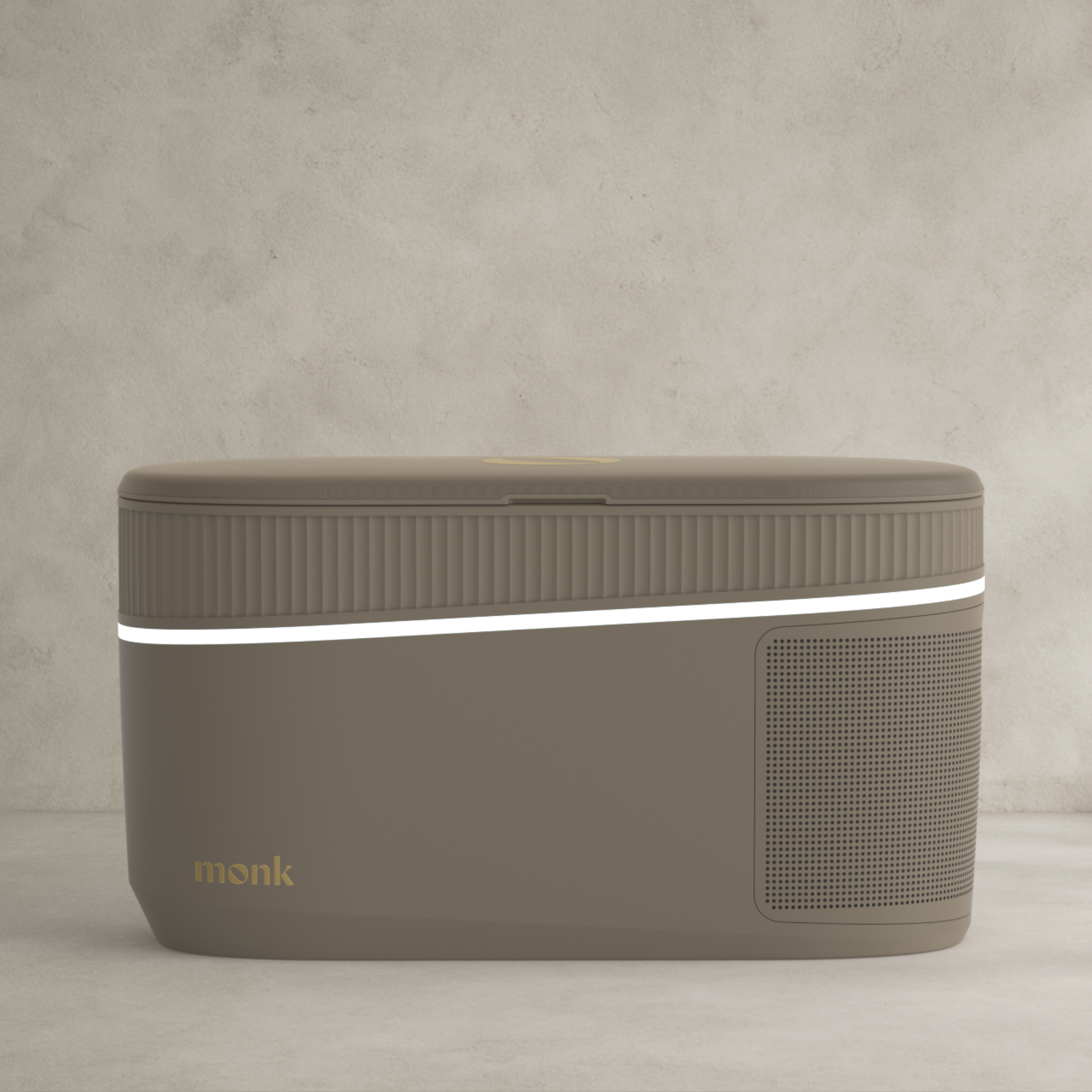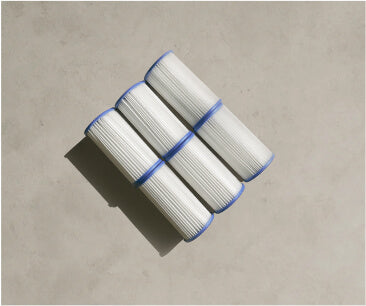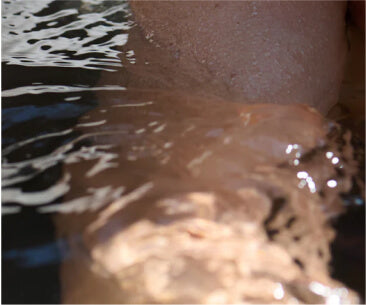Cold Therapy and Menopause: A Powerful Ritual for Midlife Women
You’ve carried children. Managed teams. Held families together. Your body has done extraordinary things – and it’s still carrying you. But right now, it’s asking for something different. Not hustle. Not a new diet. Just space. Stillness. Support.
If you’re navigating perimenopause or menopause, cold water therapy might be the ritual you didn’t know you needed. It’s not a trend – it’s a return. To your body. To your breath. To strength, in its most grounded form.
Let’s explore how cold water therapy can ease menopause symptoms, and why so many women in midlife are making it part of their daily lives.
Why cold water therapy for menopause?
Perimenopause and menopause can bring a wave of changes: hot flushes, anxiety, poor sleep, mood shifts, weight gain, and joint discomfort. Cold water therapy — whether in the form of cold plunges, ice baths, or even chilled foot soaks — offers a natural way to support your body through this hormonal transition.
Here’s what happens when you immerse in cold:
-
Skin cooling rapidly lowers core temperature, which can reduce hot flushes and night sweats.
-
Your nervous system resets. Cold triggers a short burst of adrenaline, followed by a calming parasympathetic response. This “rebound” supports vagal tone — helping reduce anxiety and regulate heart rate variability. One study found that just five minutes in 20°C water boosted mood and brain connectivity in adults new to cold therapy (PubMed Central).
-
Feel-good chemicals flood your system. Endorphins and dopamine levels spike after immersion, creating what many describe as a “natural high.” A 2022 review in Cambridge University Press noted that cold water therapy may activate the same neurochemical pathways used to treat depression and anxiety.
-
Anti-inflammatory effects ease physical discomfort. A 2025 PLOS ONE review highlighted time-dependent reductions in inflammation markers like CRP and reported improved quality of life scores — particularly in women struggling with joint pain or metabolic changes in midlife.
What the Science Says About Cold Water and Menopause
The most menopause-specific data comes from a 2024 study at University College London. Researchers surveyed over 1,100 female cold water swimmers — 785 of them perimenopausal or postmenopausal.
-
63% were using cold water therapy specifically to ease menopause symptoms.
-
47% reported reduced anxiety.
-
35% experienced fewer mood swings.
-
31% noted improved overall mood.
-
30% saw a reduction in hot flushes.
One participant said it best: “Cold water is phenomenal… all symptoms disappear and I feel like me at my best.”
A follow-up paper in SAGE Journals revealed that symptom relief was “dose-dependent”: the women who swam twice a week or more, in water under 15°C, experienced the greatest benefit. Cold water rituals through winter months helped maintain those gains year-round.
Even brief exposure helps. Other small trials — though not menopause-specific — show that single dips can improve mood for up to 24 hours, and fMRI scans show strengthened emotional regulation after immersion.
What Women Are Saying
Women around the world are discovering that cold water therapy offers not just relief, but renewal.
Dr. Tania Longman, a menopause doctor featured on Balance, shares: “Daily river dips gave me the reset HRT never did.”
On SwimSecure’s blog, one woman described how the cold shock “clears the brain fog — sometimes for days.”
In The Guardian, another midlife woman recalled: “When Zumba felt impossible, the pool became my sanctuary.”
And at London’s Ladies’ Pond, The New Yorker noted that women in their 50s and 60s describe forming a “floating sisterhood” – a gentle rebellion against the idea that midlife is something to shrink away from.
What About Women’s Bodies in the Cold?
It’s true, women tend to feel the cold more than men, thanks to natural differences in skin blood flow, body fat distribution, and hormone levels. But women also adapt beautifully to cold exposure over time.
During menopause, fluctuating estrogen levels can disrupt thermoregulation. That’s part of why hot flushes and night sweats happen. Cold water gives your system a reset — a cooling balm that helps you reclaim your baseline and feel like you again.
A Gentle Starter Guide for Cold Water Rituals
-
Begin gently with cold showers, shallow dips or visiting a lake – always go with a friend or with other people nearby
-
Start with water around 15-18°C for just 30-60 seconds. You get all the benefits at these temperatures – you don't need to go colder
- If you have heart, blood pressure, or thyroid conditions, speak to your doctor first
-
Choose water that’s safe and easy to access (steps, rails, or a controlled tub)
-
Use neoprene gloves, boots, and a thermal hat for extra comfort
-
Track how you feel for 4–6 weeks – mood, sleep, flushes, energy
-
Many women find morning dips energising, while evening dips help sleep
Final thoughts
You’ve spent your life showing up for others. Now, this is your time. To restore. To reconnect. To rediscover what strength feels like — on your own terms.
Cold water therapy isn’t a cure-all. But for many women in midlife, it’s a daily reminder: your body is still powerful. Still capable. Still yours. And this next phase can be extraordinary, with the right support.
“Cold water isn’t just cold. It’s clarity. It’s calm. It’s coming home to yourself.”
